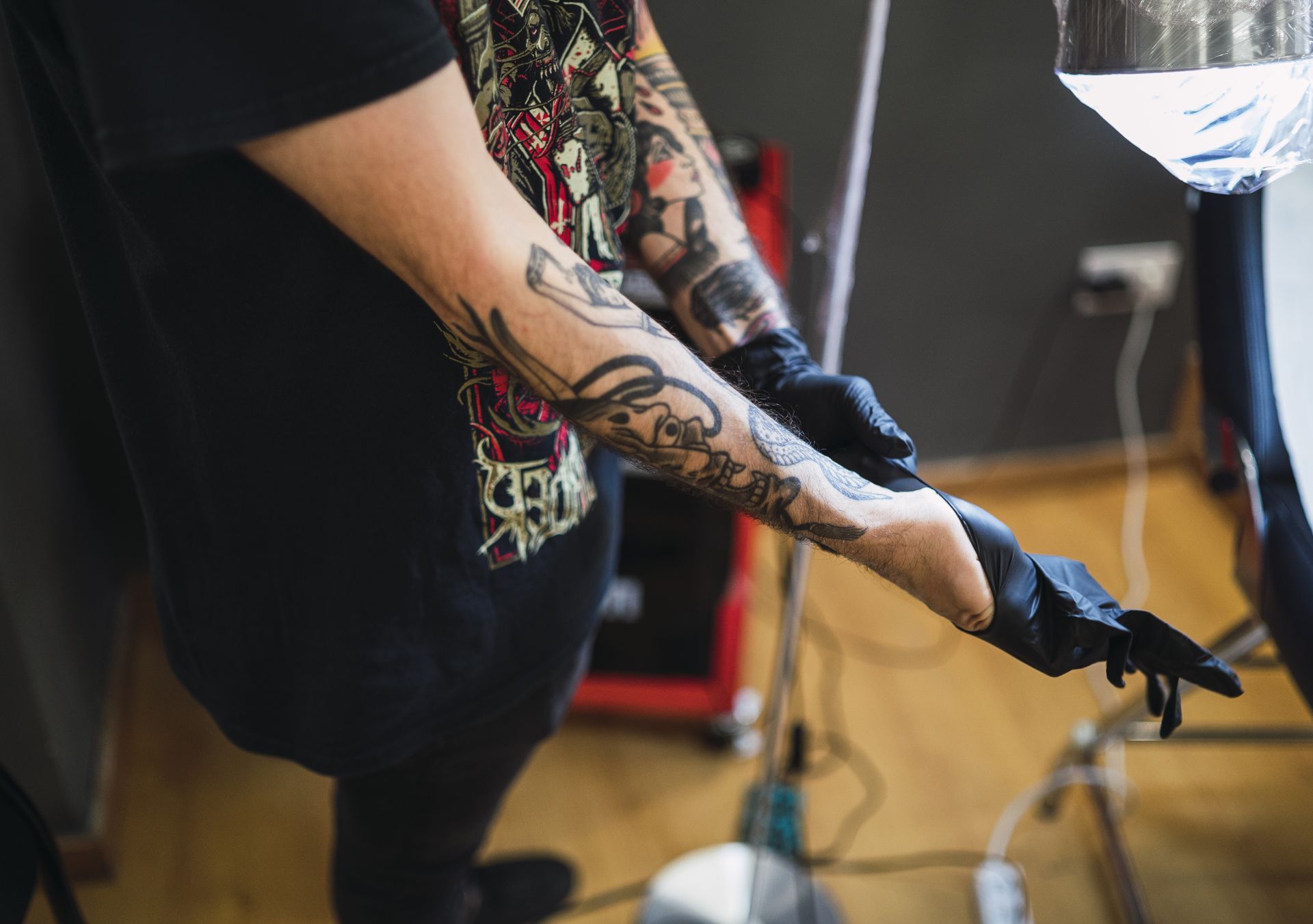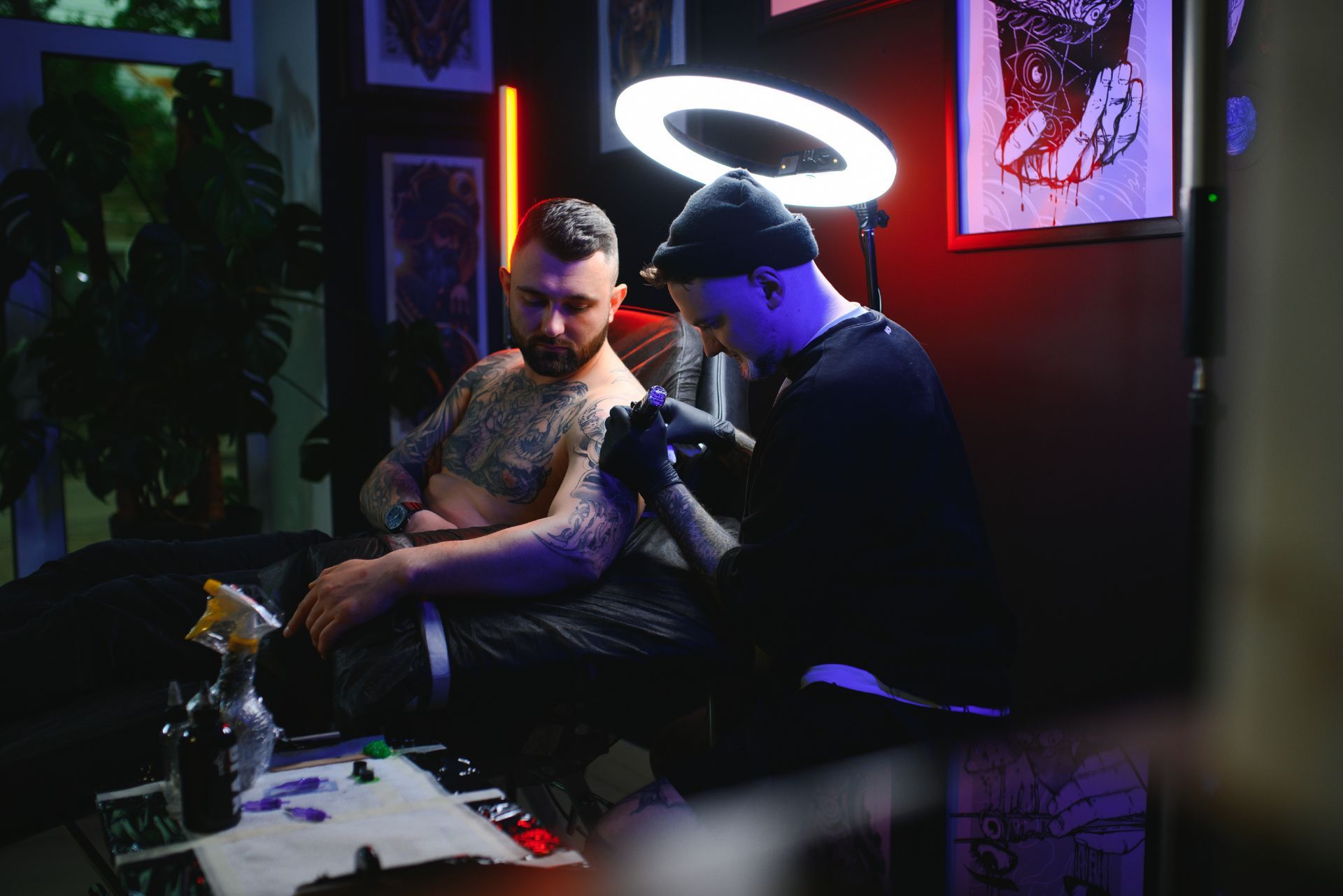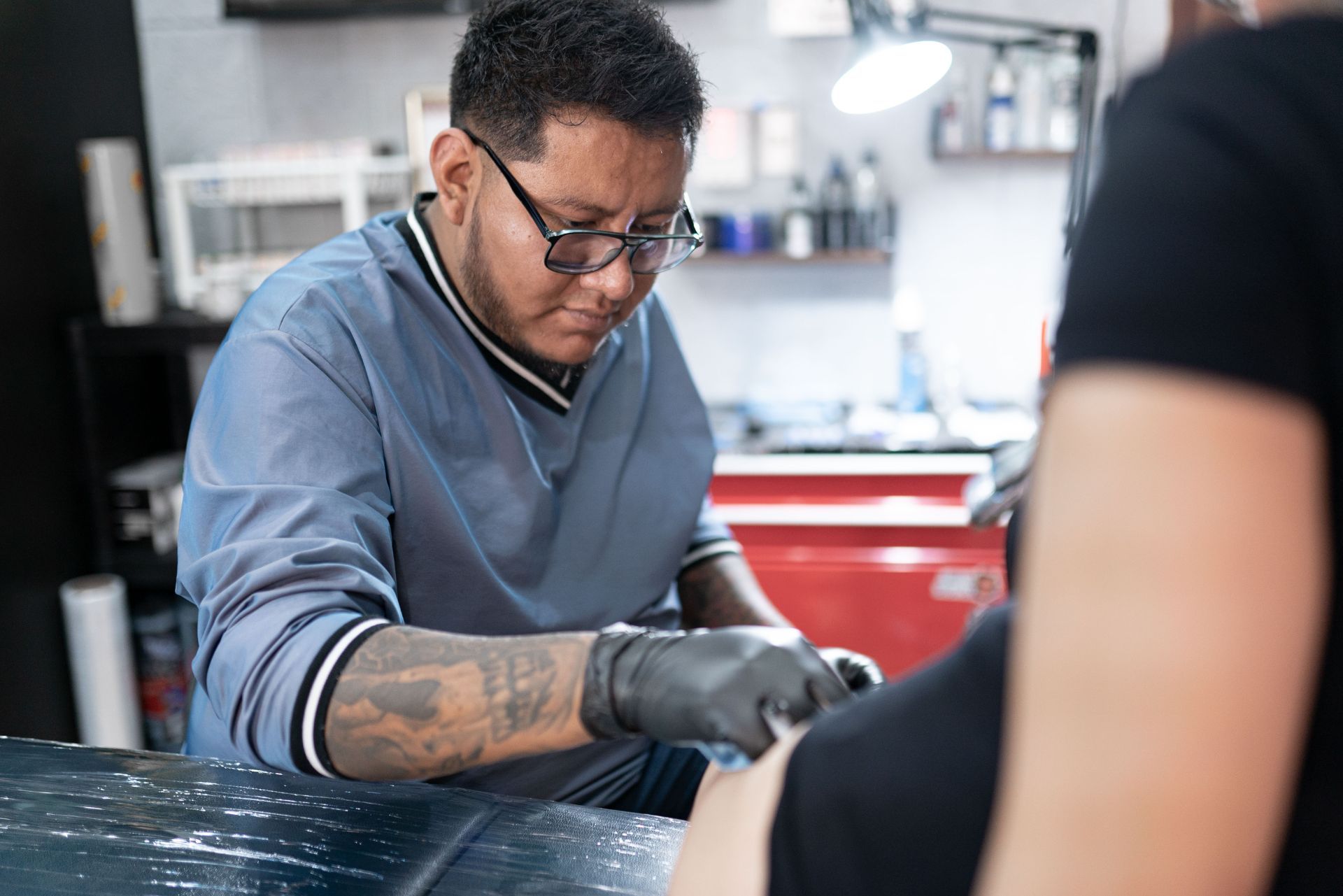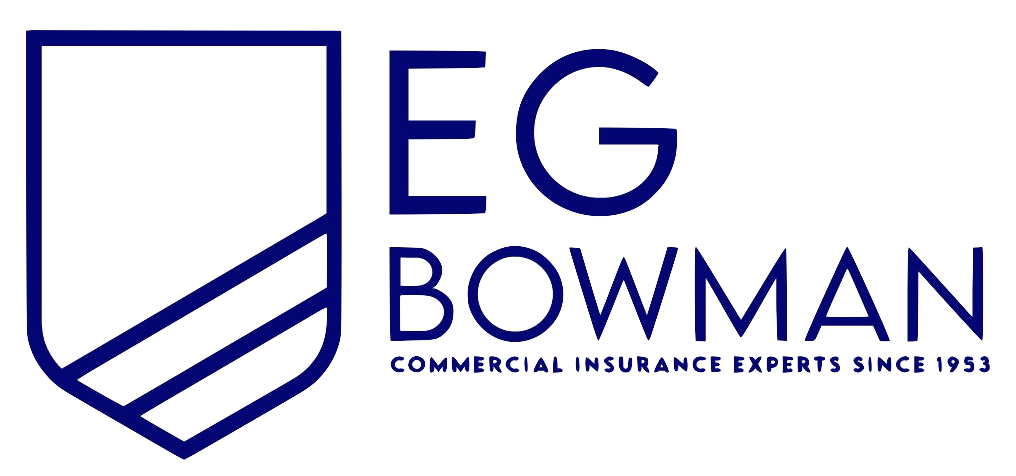Tattoo & Piercing Studio Insurance
See How We're Different:
or Call Us: 212-425-8150

Most Common Business Policies
Index
Contact Us
Operating a tattoo and piercing studio involves more than just artistry and creativity; it also requires a solid understanding of the legal and financial responsibilities that come with running a business. One of the most critical aspects of this is insurance. This article aims to provide comprehensive insights into tattoo and piercing studio insurance, covering everything from the types of coverage available to the factors that influence insurance costs.
Understanding Tattoo & Piercing Studio Insurance
Tattoo and piercing studio insurance is designed to protect business owners from various risks associated with their services. This type of insurance can cover everything from property damage to liability claims, ensuring that artists can focus on their craft without the looming fear of financial loss.
Why Insurance is Essential for Tattoo Studios
The tattoo and piercing industry, while creative and rewarding, carries inherent risks. Clients may experience allergic reactions, infections, or dissatisfaction with their tattoos or piercings, which can lead to lawsuits. Insurance acts as a safety net, protecting studio owners from potential financial ruin due to these unforeseen circumstances.
Moreover, many clients expect studios to have insurance. It adds a layer of professionalism and trust, reassuring clients that they are in safe hands. In some regions, having insurance is not just advisable; it may be a legal requirement to operate a tattoo or piercing studio. This expectation can significantly influence a client's decision to choose one studio over another, making insurance a vital component of a studio's marketing strategy.
Types of Insurance Coverage
There are several types of insurance coverage that tattoo and piercing studios should consider. Each type serves a different purpose and provides protection against specific risks.
- General Liability Insurance: This is the most common type of insurance for tattoo studios. It covers claims related to bodily injury, property damage, and personal injury that may occur on the studio premises.
- Professional Liability Insurance: Also known as errors and omissions insurance, this coverage protects against claims of negligence, malpractice, or failure to deliver services as promised.
- Property Insurance: This type of insurance covers damage to the studio's physical assets, including equipment, furniture, and inventory, due to events like fire, theft, or vandalism.
- Workers' Compensation Insurance: If the studio employs staff, this insurance is crucial. It covers medical expenses and lost wages for employees who are injured on the job.
- Product Liability Insurance: This coverage is essential for studios that sell aftercare products or other merchandise. It protects against claims related to injuries or damages caused by these products.
In addition to these standard coverages, tattoo and piercing studios might also consider specialized policies tailored to their unique needs. For instance, some insurers offer coverage for cyber liability, which is increasingly important as studios manage client data and online bookings. This type of insurance can protect against data breaches and the potential fallout from compromised client information. Furthermore, studios that participate in events, conventions, or pop-up shops may benefit from event insurance, which can cover specific liabilities associated with these temporary setups.
As the tattoo and piercing industry continues to evolve, so too does the landscape of insurance options available. Studio owners should regularly review their policies and consult with insurance professionals to ensure they have adequate coverage that reflects their current business operations and the risks they face. This proactive approach not only safeguards their business but also enhances their reputation in the eyes of clients who prioritize safety and professionalism.

Factors Affecting Insurance Costs
The cost of tattoo and piercing studio insurance can vary significantly based on several factors. Understanding these can help studio owners make informed decisions when shopping for coverage.
Location of the Studio
The geographical location of a tattoo studio plays a significant role in determining insurance costs. Areas with higher crime rates may lead to increased premiums due to the greater risk of theft or vandalism. Additionally, studios located in regions with stricter regulations may face higher costs as they comply with local laws. For instance, studios in urban areas might encounter more competition and regulatory scrutiny, which can further influence their insurance needs. Moreover, local market trends, such as the popularity of tattoo culture in certain cities, can also affect the demand for insurance, potentially leading to fluctuations in pricing.
Size and Scope of the Business
The size of the studio, including the number of employees and the range of services offered, can also impact insurance premiums. Larger studios with multiple artists may face higher costs due to the increased risk of claims. Similarly, studios that offer a wider range of services, such as body piercings and cosmetic tattoos, may require more comprehensive coverage. Additionally, the presence of specialized equipment or unique services, like laser tattoo removal, can necessitate specific insurance policies that cater to these risks. Studio owners should also consider how their business model—whether they operate as a sole proprietor or a partnership—can influence their insurance needs and costs.
Claims History
A studio's claims history can significantly affect insurance rates. Studios with a history of frequent claims may be viewed as higher risk by insurance providers, leading to increased premiums. Conversely, a clean claims history can result in lower rates and better coverage options. It is also essential for studio owners to maintain thorough records of all client interactions and services provided, as this documentation can be invaluable in the event of a dispute or claim. Furthermore, implementing risk management strategies, such as regular staff training and adhering to safety protocols, can help mitigate potential claims and demonstrate to insurers that the studio is proactive about reducing risks.
How to Choose the Right Insurance Provider
Choosing the right insurance provider is crucial for ensuring adequate coverage for a tattoo and piercing studio. Here are some key considerations to keep in mind.
Research and Compare Providers
Start by researching various insurance providers that specialize in coverage for tattoo and piercing studios. Look for companies with a solid reputation and positive customer reviews. Comparing quotes from multiple providers can also help identify the best coverage options at competitive rates. Additionally, consider reaching out to other tattoo and piercing professionals in your network to gather recommendations and insights about their experiences with different insurance companies. Personal referrals can often lead to discovering providers that may not be as visible in online searches, yet offer exceptional service and tailored policies.
Understand Policy Details
Before committing to a policy, it's essential to thoroughly read and understand the terms and conditions. Pay attention to coverage limits, exclusions, and any additional endorsements that may be necessary for specific risks associated with tattooing and piercing. It’s also wise to inquire about the claims process, including how long it typically takes to settle claims and what documentation is required. Understanding these nuances can help ensure that you are not caught off guard in the event of an incident, allowing for a smoother experience should you need to file a claim.
Seek Professional Advice
Consulting with an insurance broker or agent who specializes in the tattoo industry can provide valuable insights. They can help navigate the complexities of insurance policies and ensure that the studio is adequately protected against potential risks. Furthermore, a knowledgeable broker can assist in identifying any unique risks your studio may face, such as liability issues related to the use of specific equipment or the handling of aftercare products. By leveraging their expertise, you can craft a more comprehensive insurance strategy that not only meets your current needs but also adapts as your studio grows and evolves.

Common Exclusions in Tattoo & Piercing Insurance
While tattoo and piercing studio insurance provides essential coverage, there are common exclusions that studio owners should be aware of. Understanding these exclusions can help prevent misunderstandings and ensure that the right coverage is in place.
Pre-existing Conditions
Insurance policies often exclude coverage for pre-existing conditions. If a client has a known allergy or skin condition, any claims arising from these issues may not be covered. It's crucial for studios to educate clients about the importance of disclosing their medical history before receiving services. Additionally, studios can consider implementing a detailed intake form that prompts clients to provide information about any skin sensitivities, allergies, or previous reactions to tattoos or piercings. This proactive approach not only protects the studio from potential claims but also fosters a culture of safety and transparency.
Intentional Acts
Claims arising from intentional acts, such as self-harm or illegal activities, are typically excluded from coverage. Studios should have clear policies in place to prevent such situations and ensure a safe environment for all clients. Furthermore, it may be beneficial for studios to conduct regular training sessions for their staff on how to recognize signs of distress or harmful intent in clients. By equipping employees with the skills to handle sensitive situations, studios can better protect themselves legally and create a more supportive atmosphere for clients seeking body art.
Employee Misconduct
Insurance may not cover incidents resulting from employee misconduct or negligence. This highlights the importance of hiring qualified and professional staff, as well as implementing proper training and protocols to minimize risks. Regular performance evaluations and ongoing professional development can also play a significant role in maintaining high standards within the studio. Additionally, studios might consider establishing a feedback system where clients can report their experiences, which can help identify areas for improvement and reinforce accountability among employees.
Best Practices for Reducing Insurance Costs
While insurance is essential, there are several strategies that tattoo and piercing studios can employ to reduce their insurance costs without sacrificing coverage.
Implementing Safety Protocols
Establishing and adhering to strict safety protocols can significantly reduce the risk of accidents and claims. Regular training for staff on hygiene practices, equipment handling, and emergency procedures can help create a safer environment for both clients and employees. Additionally, incorporating a culture of safety within the studio can encourage staff to remain vigilant and proactive about potential hazards. For instance, conducting routine safety audits and encouraging open communication about safety concerns can empower employees to take ownership of their work environment, ultimately leading to a more secure and efficient operation.
Regular Maintenance of Equipment
Keeping equipment in top condition can prevent accidents and injuries. Regular maintenance checks and prompt repairs can help avoid costly claims related to equipment failure. This not only protects clients but also demonstrates professionalism and care. Furthermore, maintaining a detailed log of maintenance activities can serve as valuable documentation during insurance reviews or claims, showcasing the studio's commitment to safety and diligence. By investing in high-quality equipment and establishing a reliable maintenance schedule, studios can minimize the likelihood of unexpected breakdowns and enhance their overall operational efficiency.
Reviewing and Updating Policies
Insurance needs may change over time as the business grows or evolves. Regularly reviewing and updating insurance policies can ensure that coverage remains adequate and relevant. This proactive approach can help identify areas where costs can be reduced while maintaining necessary protections. Engaging with an insurance broker who specializes in the tattoo and piercing industry can provide insights into emerging risks and tailored coverage options. Additionally, staying informed about industry trends and regulatory changes can help studios adjust their policies accordingly, ensuring they are not overpaying for unnecessary coverage while still being protected against potential liabilities.
Conclusion
Insurance is a vital component of running a successful tattoo and piercing studio. By understanding the various types of coverage available, the factors that influence costs, and the best practices for reducing insurance expenses, studio owners can protect their business and focus on what they do best—creating art. Investing time in selecting the right insurance provider and policy can lead to peace of mind and long-term success in the vibrant world of tattooing and piercing.
